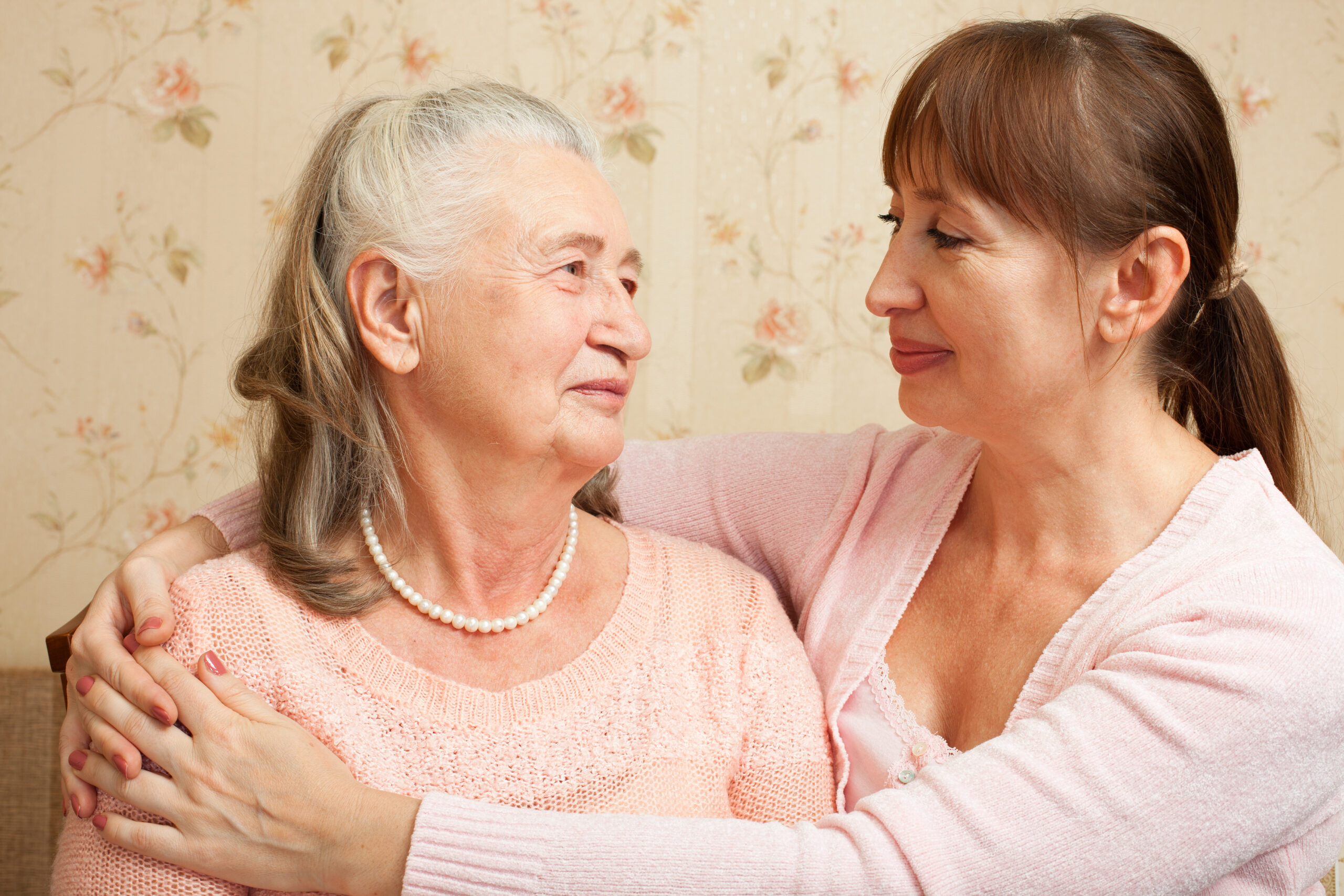How Assisted Living Communities Are Preparing for Future Health Crises
Preparing for future health crises is a critical task for assisted living communities. These communities face unique challenges due to the vulnerability of their residents, many of whom have chronic health conditions and mobility limitations. Here’s how they are gearing up for potential emergencies:
### Understanding the Risks
Seniors in assisted living facilities are at a higher risk during emergencies. Falls are common, and injuries from these falls often require emergency room visits. This highlights the need for specialized emergency response systems that cater to the specific needs of this population.
### Role of Technology
Technology plays a vital role in enhancing safety and response capabilities. Personal Emergency Response Systems (PERS) allow residents to call for help quickly, even if they are unable to reach a phone or other stationary systems. These devices are crucial in emergencies where every second counts. Additionally, communication plans that use text alerts and smartphone apps ensure that residents and staff are well-informed during crises.
### Learning from Past Experiences
Past emergencies like Hurricane Katrina and the COVID-19 pandemic have provided valuable lessons. Assisted living communities are now incorporating these lessons into their emergency plans. Regular drills help staff and residents become familiar with evacuation routes and emergency protocols. Collaboration with local emergency services ensures swift and coordinated responses.
### Proactive Planning
Proactive planning is essential for ensuring resident safety during natural disasters like tornadoes, earthquakes, hurricanes, and floods. Evacuation plans are developed well in advance, allowing staff to act quickly and efficiently when emergencies arise. The Federal Emergency Management Agency (FEMA) offers resources like the “Take Control in 1,2,3” plan, which includes assessing residents’ needs, developing comprehensive emergency plans, and building a support network of vendors and resources.
### Day-to-Day Safety Measures
Even outside of major emergencies, senior safety remains a top priority. Communities use safety technology, environmental design, and proactive planning to reduce risks. Training staff in first aid and CPR further enhances the ability to respond effectively to emergencies.
In summary, assisted living communities are taking a multifaceted approach to prepare for future health crises. By leveraging technology, learning from past experiences, and engaging in proactive planning, these communities are better equipped to protect their residents and ensure their safety during emergencies.





